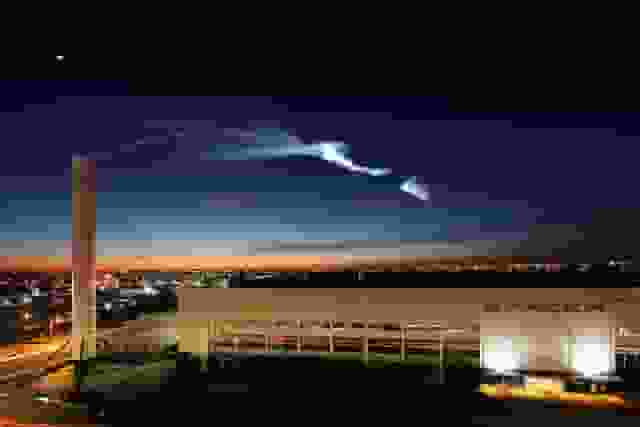
On Thursday, SpaceX launched its largest rocket to date from its Boca Chica, Texas, spaceport.
The Starship spacecraft, which was intended to carry passengers on a future Mars expedition, launched from the launch pad before exploding in midair with no crew aboard.
Citizens Worried about the Debris and Particulate Matter
The dust that fell this morning in Port Isabel was, according to the Cameron County Emergency Management Division, sand, and soil that was nearby the Space X launch site that was propelled into the air by the power of lift-off.
The audience cheered as the rocket shot into the air, but their cheers quickly turned to shock when the rocket started to fall back to the earth before bursting into a fireball.
Residents and researchers are currently working furiously to determine how the explosion has affected the local population, their health, their habitat, and wildlife, including endangered species.
The significant amount of sand- and ash-like particulate matter and heavier debris that the launch shot up is of the utmost concern.
The particle emissions were far more widespread than the anticipated debris field.
It is unknown at this time whether the ash- and sand-like particle matter is hazardous to handle or breathe in, or what impact it may have on the health of the soil.
Read more: Mission Accomplished: SpaceX Starship Launch Survives Explosive End
The Effects of Launching SpaceX

According to a Federal Aviation Administration (FAA) email supplied to CNBC following the launch, the government stopped the company’s Starship Super Heavy launch program as a result of the explosion while it conducted a mishap investigation, as is customary.
The effects of the SpaceX launch’s particle emissions won’t be fully understood until samples are assessed and the debris field is thoroughly monitored.
However, in general, both Texas state law and the federal Clean Air Act control particle emissions.
One worry is that before inspectors get a chance to evaluate it, any proof of harm to endangered species may be removed from the location.
To get approval for another test flight, SpaceX must seek the FAA to modify its launch license after completing the list of activities in the plan and mitigating measures.
Jared Margolis, an attorney for the Center for Biological Diversity, thinks the FAA criteria will be straightforward and minimal for the firm to meet, but ultimately ineffective in preserving the welfare of locals and endangered species.
Read more: SpaceX: Thursday’s Launch Of A Falcon 9 With OneWeb Satellites Was Followed By A Cape Landing

